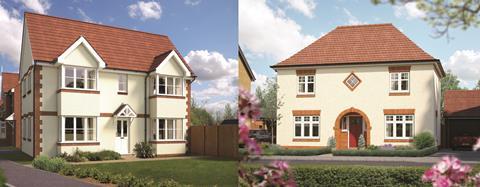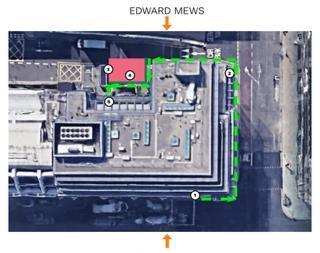Some stories you just couldn’t make up. Take, for instance, failed contractor Carillion’s possible interpretation of an ‘open’ prison.

An old hand from the company formerly known as Tarmac Construction tells me how even the most stringent cost control teams can drop a clanger. Fazakerley Prison in Liverpool, officially called HMP Altcourse, was the UK’s first privately financed, built and managed gaol and, as with all heavily geared private finance initiative-type concessions, absolute cost certainty is vital for its financial viability. I’m told the design and project finance had been finalised when someone spotted one glaring omission in the cost schedule: the prison gate.
My source did not reveal whether this was spotted in time to reprice the job or whether subsequent ‘value engineering’ had to be employed to make the numbers add up. Perhaps the team may have considered lowering the height of the walls?
Value engineering is rising up the agenda among builders of more conventional accommodation. Leading housebuilders, in varying degrees, have been reporting shortages of, or long lead times, for various building materials.
Bellway was most vocal, with chief operating officer Jason Honeyman telling its half-year results meeting: “Six months ago the questions were more about labour availability and less about materials availability. Now [concerns] are more about materials and less about labour, particularly bricks. Waiting times have gone from weeks to months. It’s three months for bricks and six months for roof tiles.”
“Builders are coming up with tweaks straight out of the School of the Bleeding Obvious, but save hundreds of pounds per house”
One cause is housebuilding volumes rising at a time when UK material producers are reticent about repeating the costly mistakes of the past. In previous decades, cement, brick and other producers invested heavily in new plants unwittingly at the top of the cycle, only to see them start production at the bottom. Since the 2008 peak, brick-making capacity has shrunk by 25% and the sector, which is dominated by three manufacturers, is expanding more guardedly than in the past.
No passing on costs
Weaker sterling has pushed up the price of the higher-value components that are more likely to be imported than bricks, blocks and the like. Developers can’t pass on increases to buyers, because new house prices are constrained by those in the far larger secondhand market. So they have two options on land they own: accept lower margins or do something to mitigate inflation.
Smarter design, for now, seems to be the solution. Several builders are coming up with tweaks that seem straight out of the School of the Bleeding Obvious, but save hundreds of pounds per house.
Take, for instance, the reworking of one of Bovis’s main house types, the Sheringham. Neither are going to make it to Grand Designs, but I would rather live in the ‘Arts and Crafts-y’ one.

This has the same external rectangular ‘footprint’, but about 10% more internal floorspace, because the double bays have been removed – or more accurately, the cutaways have been filled in with bigger floorplans. That means they can sell for a bit more. More to the point, bays are more fiddly, especially at roof level, and £900 more expensive to build. I’m told this was one reason the company ended up with much-publicised delays, leading ultimately to a change in management at the top.
In Barratt’s trading statement conference call, chief executive David Thomas revealed a cunning plan to save on the number of roof tiles: build roofs with lower pitches. You don’t need to be Pythagoras to have dreamt that up, but he would have calculated how many tiles would be saved. Barratt reckons this and other tweaks save up to £1,000 per unit.
Rivals have come up with their own savings and there is gradual acceptance of offsite manufacturing. It may also mean that the smaller developers that government craves may not be able to achieve the same efficiencies.
But all of this sounds like merely moderating the upward tide of costs. It is a mantra of the industry not to cut projected margins when buying new land and, if they assume flat house prices and rising costs, the only other part of the equation is that there should be downwards pressure on the prices they will be prepared to pay for the ultimate raw ingredient for housebuilding: land.






























No comments yet